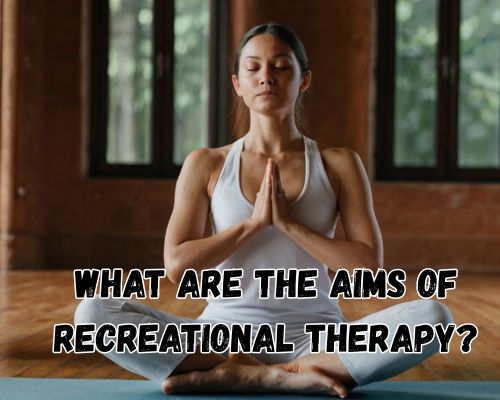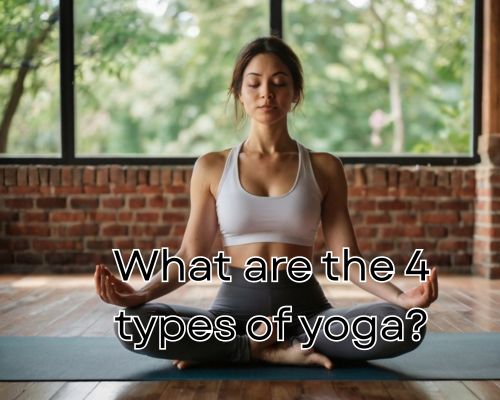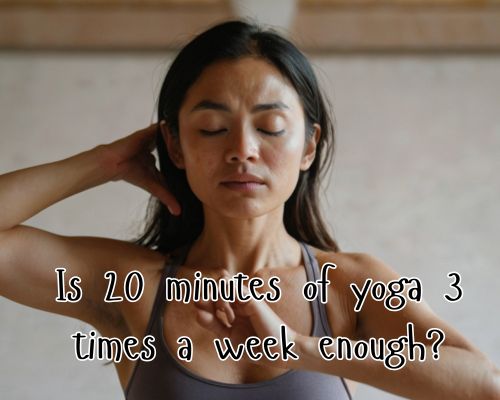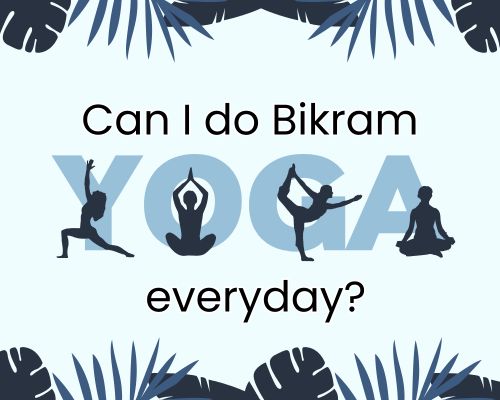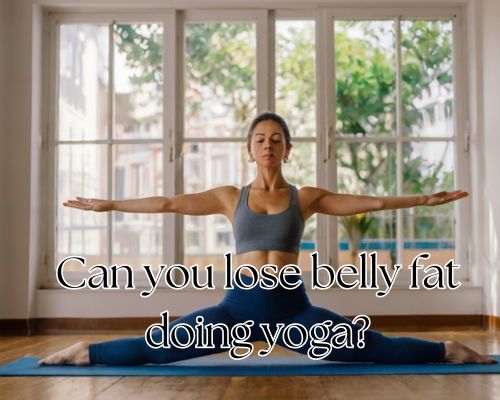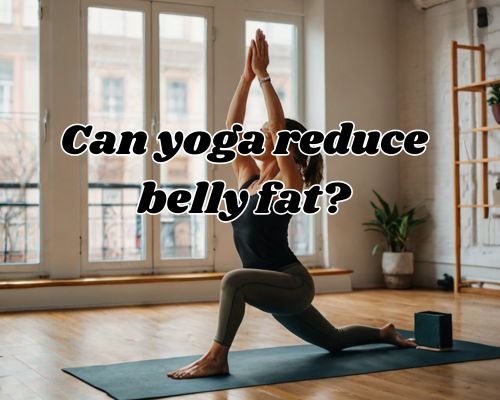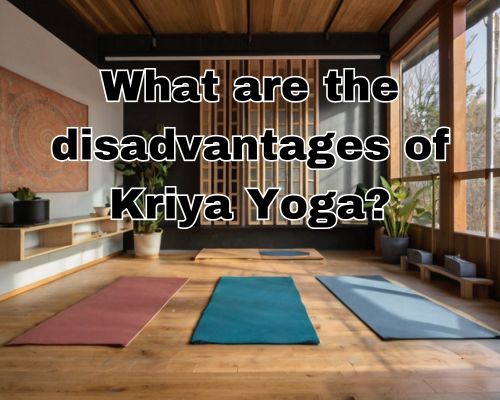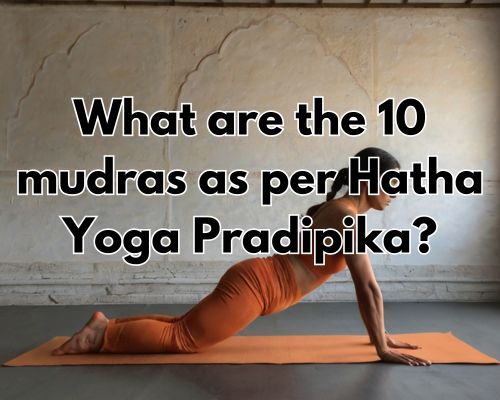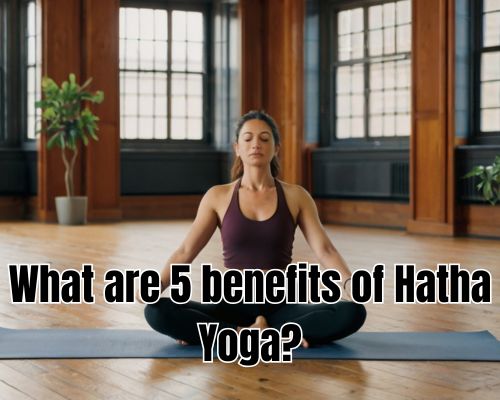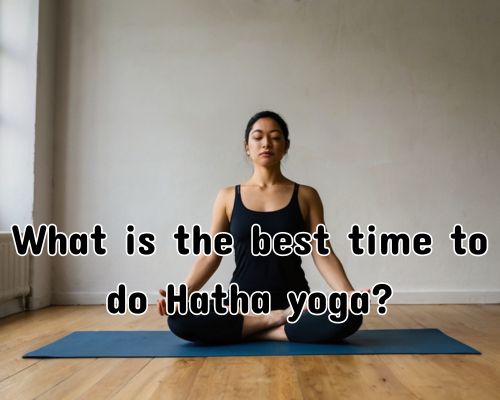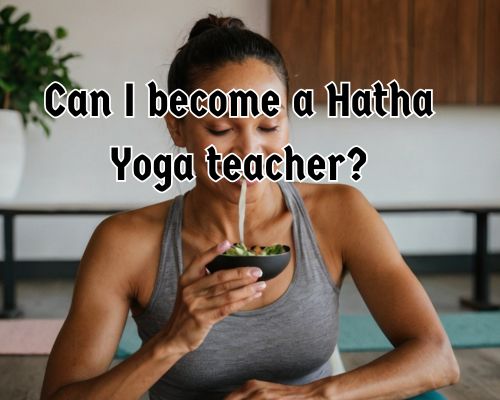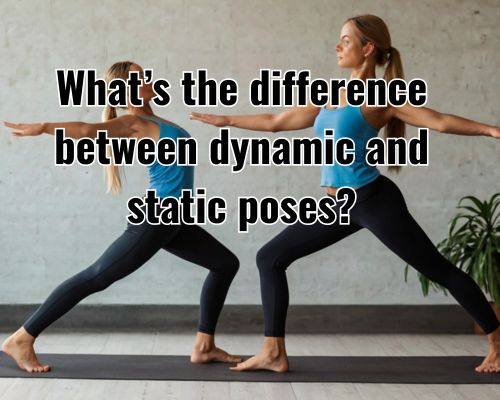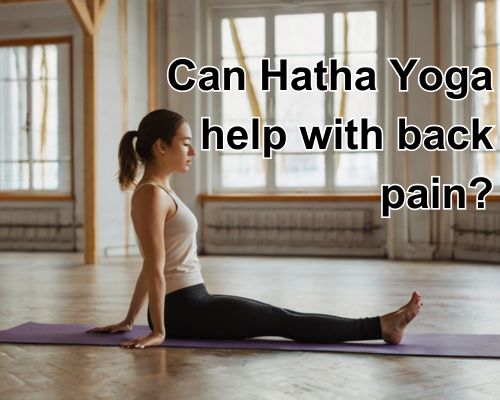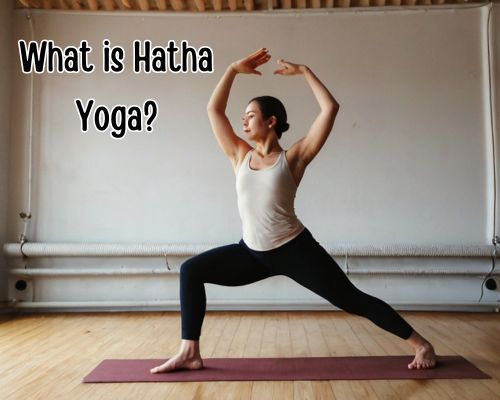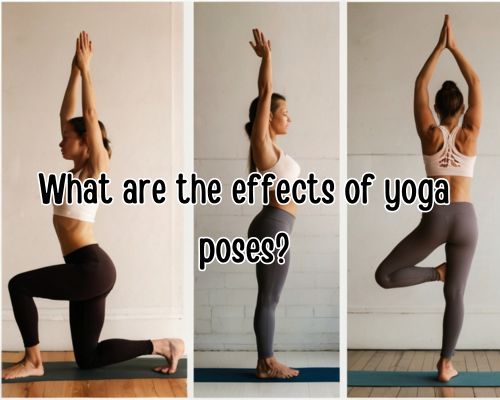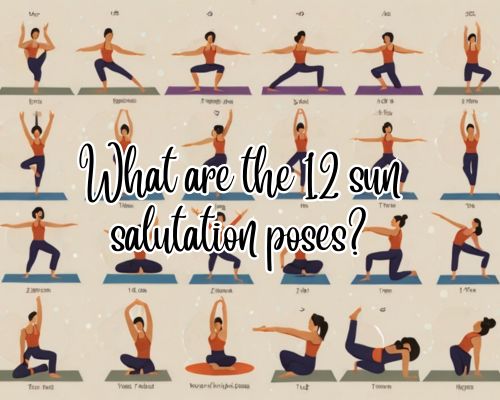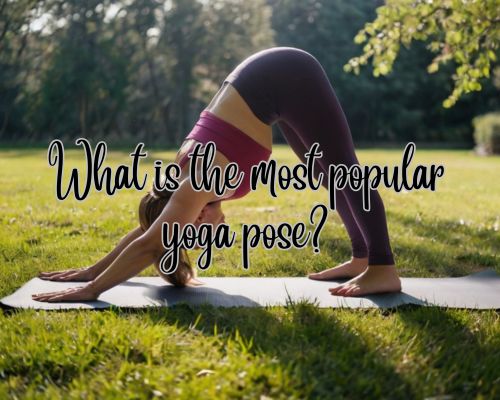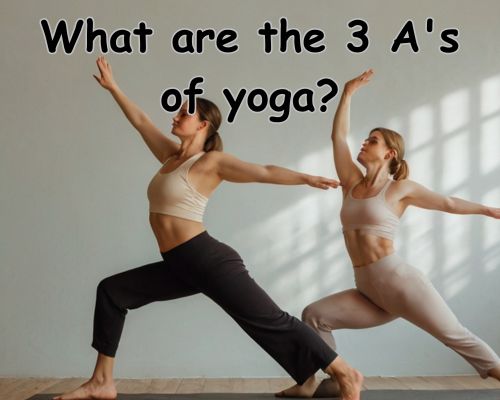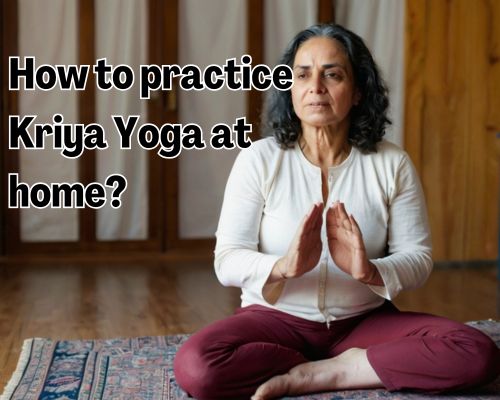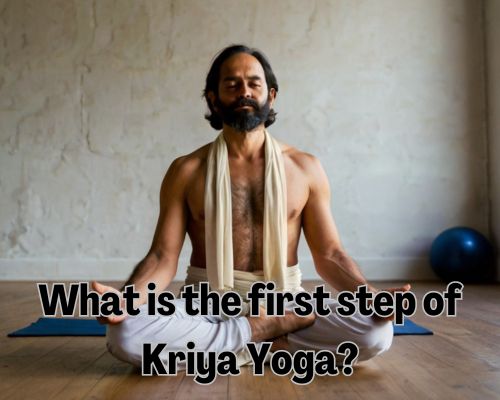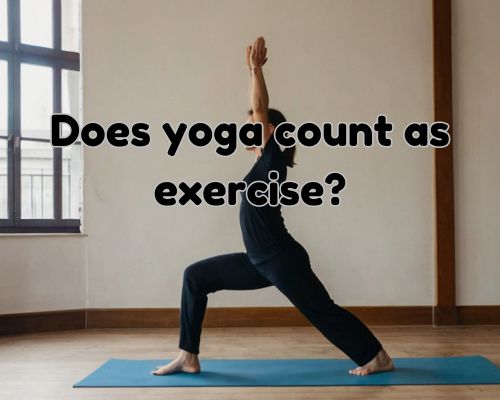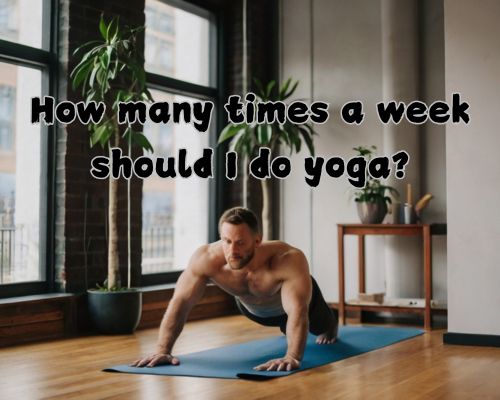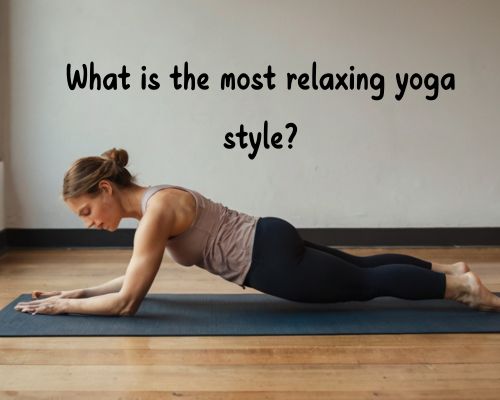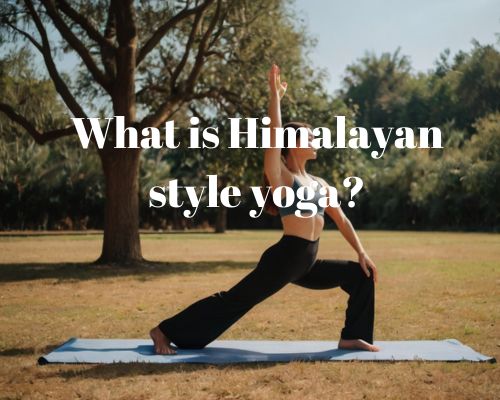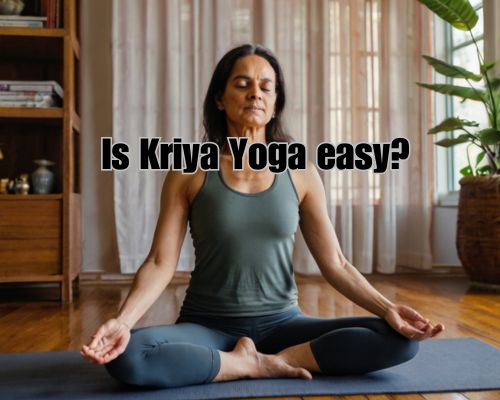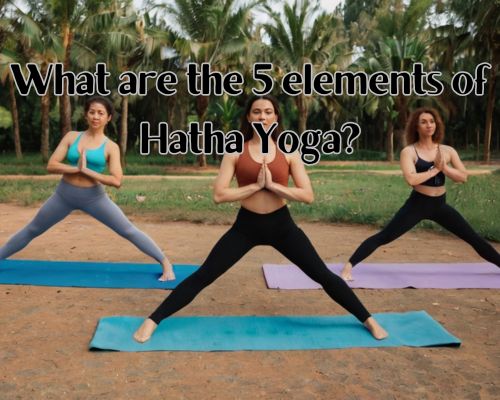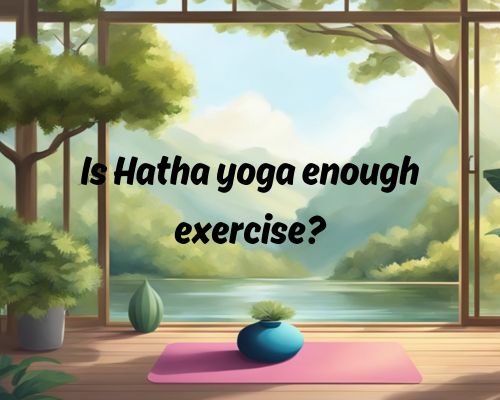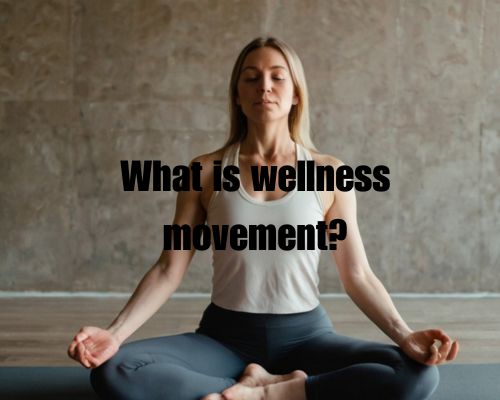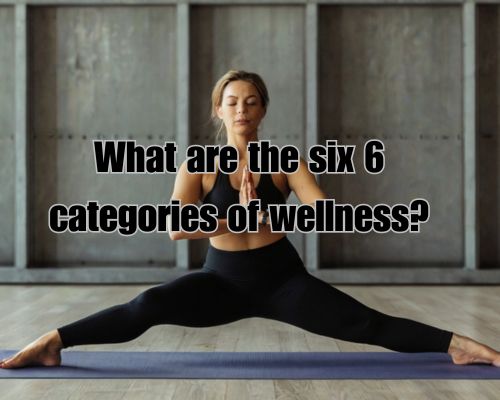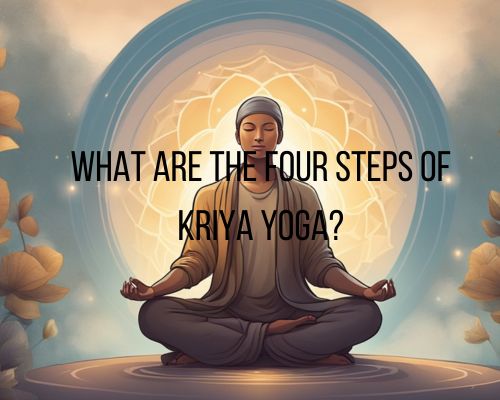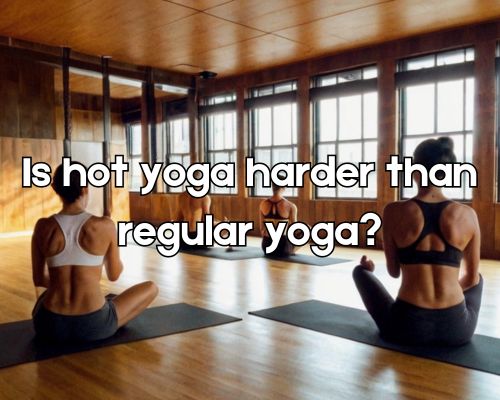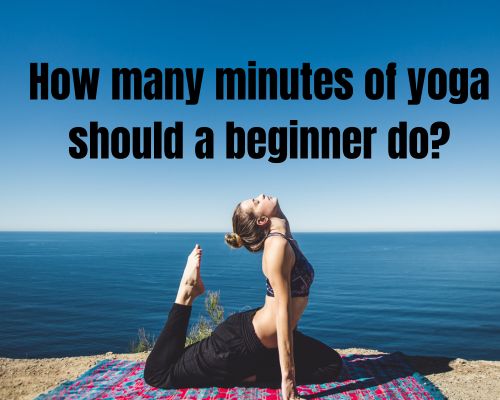How Much Yoga Should I Do a Day? A Balanced Guide for Mornington Locals
In the health-conscious seaside town of Mornington, Australia, where wellness, beachside serenity, and active lifestyles intertwine, yoga has become more than a trend—it’s a way of life. Yet, one common question persists among both beginners and seasoned yogis alike: How much yoga should I do a day?
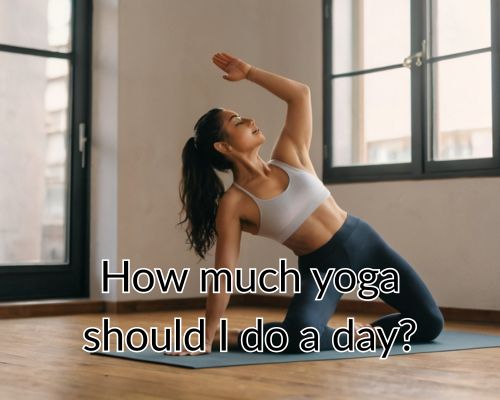
The answer isn’t one-size-fits-all. It depends on your fitness goals, lifestyle, and experience level. Whether you’re practicing yoga for flexibility, stress relief, weight loss, or holistic health, the duration and intensity of your daily yoga routine should be tailored to your personal needs. This guide offers an insightful, evidence-based breakdown—perfectly tailored for those living in or visiting Mornington Peninsula and surrounding areas.
🧘♀️The Ideal Daily Yoga Duration: What Science & Tradition Say
Yoga, unlike high-impact exercises, integrates mind, body, and breath, making it both restorative and strengthening. Most studies and traditional yogic teachings suggest that 20 to 60 minutes per day yields the best results, depending on your objective.
- Beginners: Start with 15–30 minutes of foundational poses and breathing exercises.
- Intermediate/Advanced Practitioners: 45–60 minutes allows for deeper physical and mental benefits.
- Busy Professionals: Even 10–15 minutes of mindful movement or pranayama (breathwork) daily can reduce stress and improve focus.
👉 Tip from local yoga instructors in Mornington: Commit to consistency over duration. A shorter daily practice trumps a once-a-week marathon session.
🔍Tailoring Yoga to Your Goals
1. For Stress Relief & Mental Clarity
Yoga activates the parasympathetic nervous system, reducing cortisol levels and promoting mental balance. Styles like Yin Yoga, Restorative Yoga, or even brief guided meditation sessions offer substantial mental benefits when practiced 20–30 minutes daily.
✅ Mornington Wellness Centers such as Bikram Yoga Mornington and Seawinds Wellness Studio offer classes specifically aimed at stress reduction—ideal for busy commuters or retirees seeking serenity by the sea.
2. For Flexibility & Mobility
Regular yoga builds joint health and muscle elasticity. If your goal is physical improvement, consider:
- Vinyasa or Hatha yoga: 30–60 minutes a day.
- Focus on sun salutations, hip openers, and spinal movements.
Mornington’s active demographic, including local surfers, cyclists, and runners, often incorporate daily yoga to counteract muscular tightness. Classes at Yoga at the Beach often emphasize flexibility for athletes.
3. For Strength & Weight Loss
Yes, yoga can build strength and help you burn calories—especially vigorous styles like Power Yoga and Ashtanga.
- Recommended Duration: 45–60 minutes daily.
- Frequency: 5–6 times per week with 1–2 rest days or recovery-focused sessions like Yin or Nidra.
🌀 LSI keywords: calorie-burning yoga, strength-building poses, yoga workout intensity, fat-burning flow.
📍Why Mornington Locals Benefit from Daily Yoga
Living in Mornington offers the perfect backdrop for a sustainable yoga practice. Between the fresh coastal air, tranquil settings like Mills Beach, and access to open-air yoga sessions, locals are uniquely positioned to integrate yoga into their daily routine.
- Outdoor Yoga Spots: Mornington Park, The Briars, and Fisherman’s Beach are popular for sunrise flows.
- Community Events: Seasonal wellness festivals and beach yoga retreats draw local and Melbourne-based yogis alike.
- Studios That Support Daily Practice:
- Bikram Yoga Mornington (infrared heated classes)
- Balance Yoga Mornington (gentle and dynamic flows)
- Ocean Soul Retreats (ideal for immersive daily practice)
Local yoga professionals often recommend practicing first thing in the morning to set a grounded tone for the day, especially given Mornington’s peaceful early hours.
🌿Realistic Schedules Based on Lifestyle
🏠 Stay-at-Home Parents
Time Available: 15–25 minutes
Ideal Routine: A mix of morning flow and evening restorative stretches.
💼 Working Professionals in Mornington
Time Available: 20–30 minutes
Suggested Schedule:
- Morning: 10 minutes of movement + breathwork.
- Evening: 20-minute stretch to decompress.
🧓 Seniors & Retirees
Time Available: 30–45 minutes
Ideal Routine: Gentle yoga and balance-enhancing poses tailored to joint care.
🧘♀️Try local classes at Peninsula Yoga Studio, offering sessions for 60+.
🧑🎓 Students & Teens
Time Available: 15–30 minutes
Yoga can enhance focus and reduce screen fatigue. Consider short daily practices that target spinal health and mindfulness.
🧠Mental Benefits of Daily Yoga Practice
The neurological advantages of daily yoga are increasingly backed by science. Just 20 minutes a day can improve:
- Cognitive function
- Mood regulation
- Sleep quality
- Memory retention
This is especially relevant in Mornington’s high-stress professions like healthcare, education, and hospitality.
🔄How to Build a Sustainable Daily Practice
- Create a Home Yoga Space: Even a corner in your bedroom with a mat and essential oils can do wonders.
- Use Guided Resources: YouTube, apps like Down Dog, and classes from local Mornington studios can help you stay motivated.
- Schedule It: Treat yoga like any other daily commitment.
- Track Progress: Use journals or apps to note physical changes, mental clarity, or mood improvement.
🙌 Local bonus: Join community Facebook groups like Yoga Mornington Peninsula for accountability and free class alerts.
🚫Avoiding Common Pitfalls
- Overtraining: Daily yoga should feel restorative, not punishing. Balance high-intensity flows with gentler days.
- Skipping Breathwork: Don’t treat yoga as just exercise. Integrating pranayama elevates the experience.
- Neglecting Rest Days: At least one day of rest per week helps prevent burnout, especially for intense practices like Ashtanga.
✅Summary: What’s the Ideal Daily Yoga Time?
| Goal | Time Per Day | Style |
|---|---|---|
| Stress Relief | 20–30 mins | Yin, Restorative, Meditation |
| Flexibility | 30–45 mins | Hatha, Vinyasa |
| Strength/Weight Loss | 45–60 mins | Power Yoga, Ashtanga |
| General Well-being | 20–40 mins | Mixed styles |
| Busy Schedule | 10–15 mins | Morning flow or breathwork |
✨Final Thoughts
So, how much yoga should you do a day? The answer lies in your intention, body, and lifestyle. For most Mornington locals, a balanced 30-minute daily session—blending movement, breath, and rest—is both achievable and transformative.
As yoga continues to flourish across Victoria’s coastal suburbs, from Mount Eliza to Dromana, cultivating a regular daily practice is not only possible—it’s a lifestyle investment.
So roll out your mat, inhale that crisp bay air, and start moving—your body and mind will thank you.

